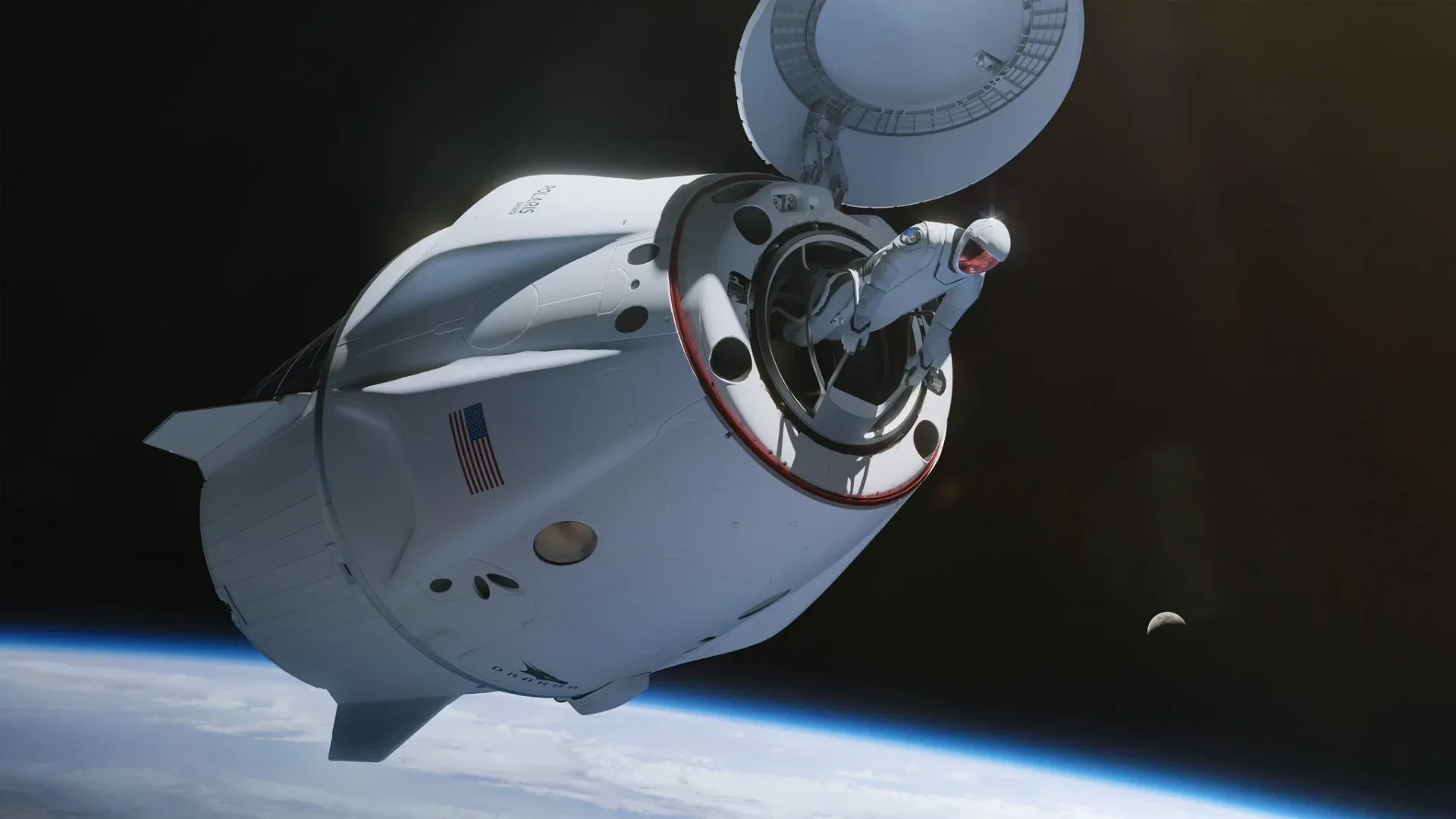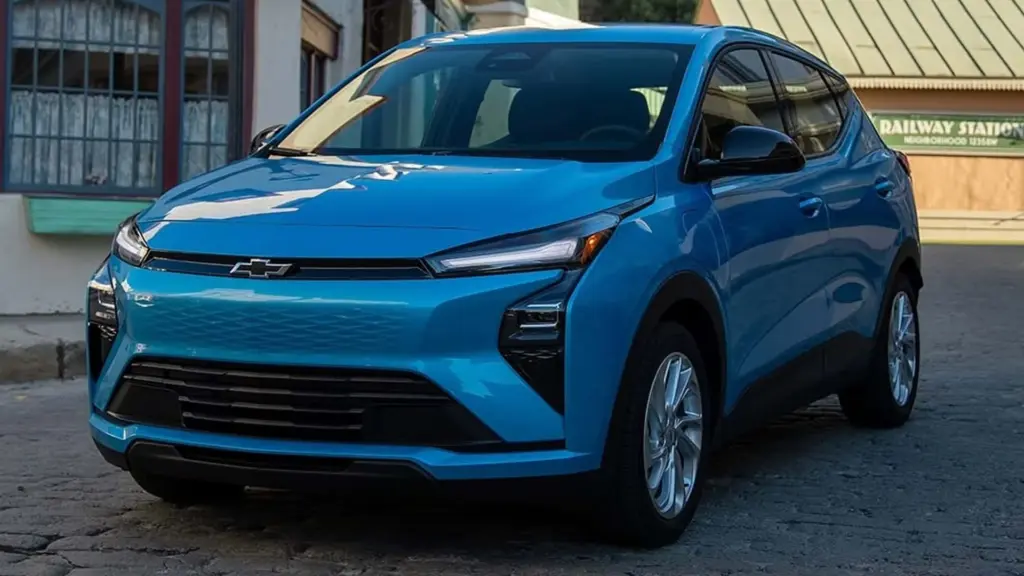Have you ever stopped to think about how much space exploration has evolved over the past decades? Indeed, the Polaris Dawn, a mission by SpaceX, has just broken a record that directly connects us to the great achievements of the past. In September 2024, this mission took humanity to an impressive altitude of 1,400 km above Earth, the greatest distance we have ever reached since the Apollo program, which took place over 50 years ago. This feat is not only a technical achievement but also a reflection of the growing role of the private sector in this universe.
Throughout this article, we will explore the details of this historic mission, the challenges faced by the team, and how the technologies developed for space are changing our lives here on Earth. So, if you’re into everything involving space and innovation, stay with me because there’s a lot of cool stuff to share!
The Polaris Dawn and Dragon: Record for Space Altitude
The Polaris Dawn mission not only surpassed the previous mark of 1,373 km, established during the Gemini 11 mission, but it also reopens the era of crewed missions at extreme altitudes. This achievement reminds us of how space exploration is full of challenges and great expectations. Can you imagine what it’s like to be so far from Earth, in such a hostile environment? It’s more than just a simple ride; it’s pure technology and human courage in action.
Moreover, this mission has a huge impact on the commercial vision of space. With the participation of civilians, Polaris Dawn represents a new phase where private companies are taking the lead in space exploration. This can open doors for new research, space tourism, and who knows, even future colonizations. We are just beginning to see what is possible!
Commercial Spacewalk: Innovations and Challenges
Look, the Polaris Dawn is not just about altitude. This mission will host the first commercial spacewalk in history! Imagine the adrenaline of the astronauts, wearing suits developed by SpaceX, while conducting experiments in low-pressure conditions. They will collect vital data on space radiation, which can help better understand how the human body behaves outside our atmosphere. It’s pretty crazy, right?
And there’s more! The spacewalk is scheduled to take place at an altitude of 700 km, where the team will exit the Resilience capsule. The suits feature cutting-edge technology, with visors and cameras that provide a new view of space. All of this not only contributes to the mission but also advances technologies that, believe it or not, end up being used in other areas, such as the automotive industry. What is developed for space can very well help make our cars safer and more efficient here!
The Polaris Dawn: The Most Distant Space Mission Since the Apollo Program
The Polaris Dawn, launched on September 10, 2024, represents a milestone not only in space exploration but also in how we view space travel. With the participation of a civilian crew, led by billionaire Jared Isaacman, this mission highlights how the private sector is increasingly present in this field. This new approach could redefine space exploration, making it more accessible and diverse.
The mission is also an opportunity to conduct serious science at extreme altitudes. Research on the effects of altitude and new technologies, such as laser internet in space, are on Polaris Dawn’s radar. These discoveries could significantly impact how we understand space and its conditions, in addition to preparing us for future interplanetary adventures.
Significance of the Mission
The Polaris Dawn is more than just a mission; it is a giant step in the transition of space exploration from an exclusively governmental domain to a collaboration between the public and private sectors. With this mission, SpaceX is demonstrating that it is possible to go beyond Earth’s orbit and open new possibilities for research and colonization of space. That’s pretty inspiring, right?
In addition to all this, the mission also serves as motivation for new generations to dream big and envision a future where space is not just a point in the sky but an accessible place full of opportunities. And who knows, with advancements in space technologies, we might one day see cars that utilize these developments to become even more amazing? The innovations that emerge from space play an essential role in what we use in our daily lives. Just a thought!
Source: SpaceX
Author: Fabio Isidoro
Founder and editor-in-chief of Canal Carro, he dedicates himself to exploring the automotive universe with depth and passion. A car and technology enthusiast, he produces technical content and in-depth analyses of national and international vehicles, combining quality information with a critical eye for the public.









